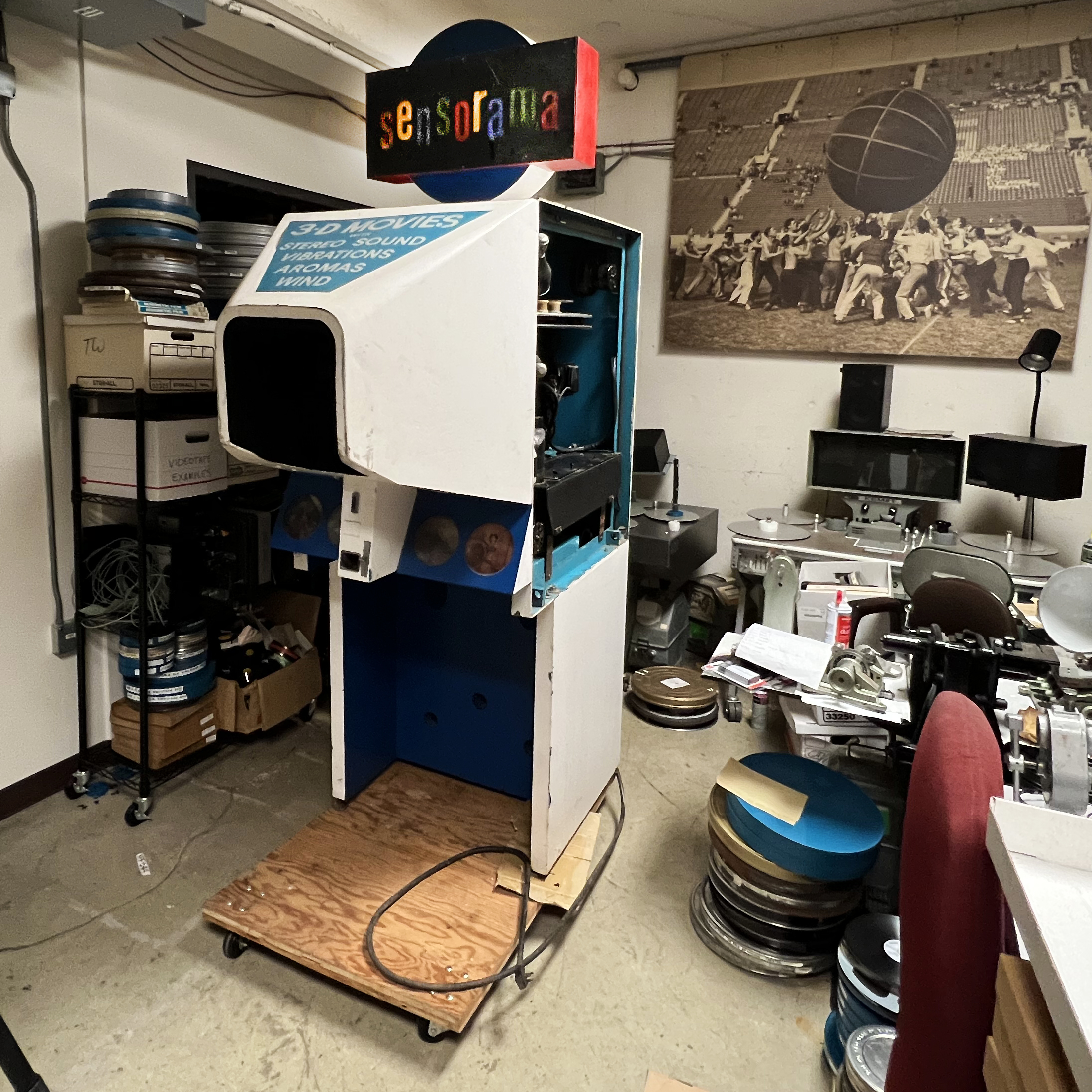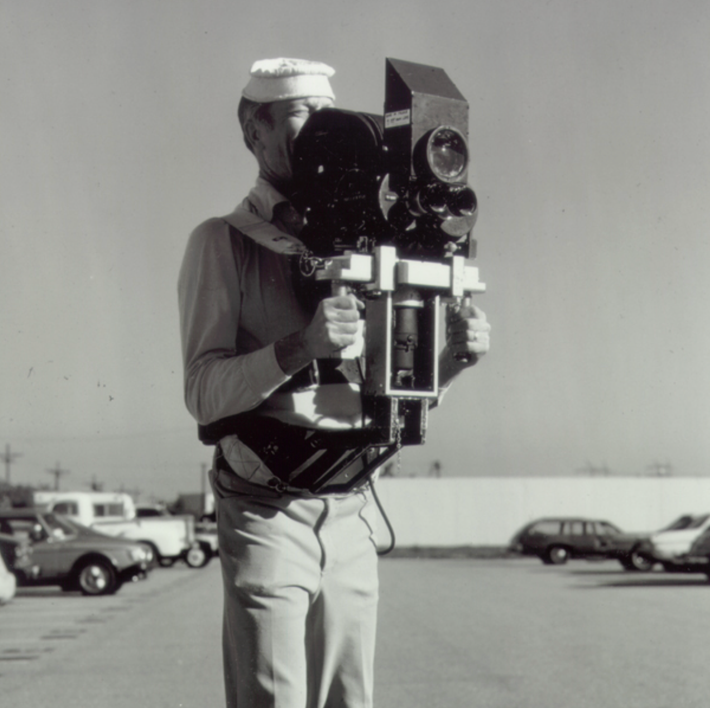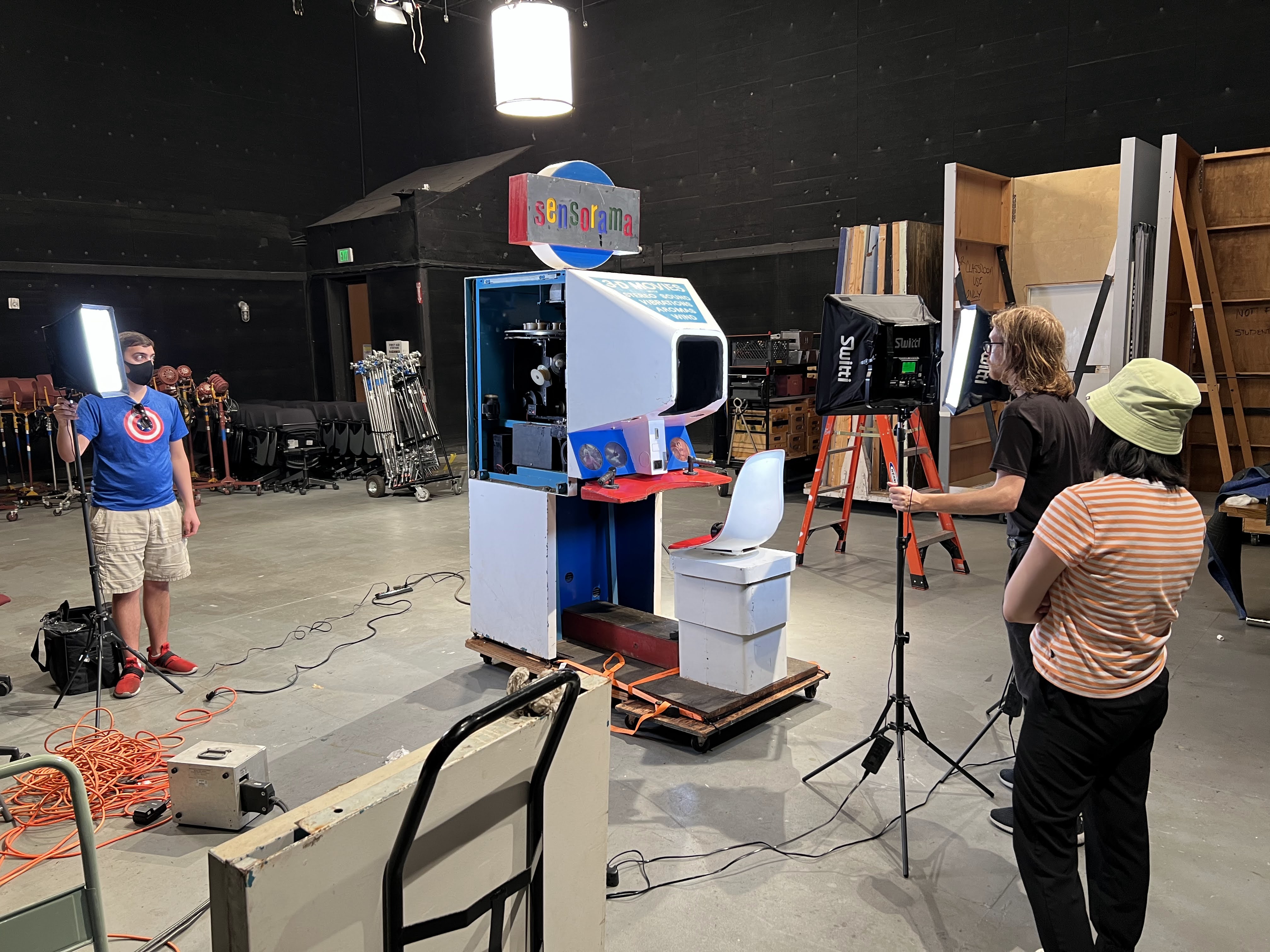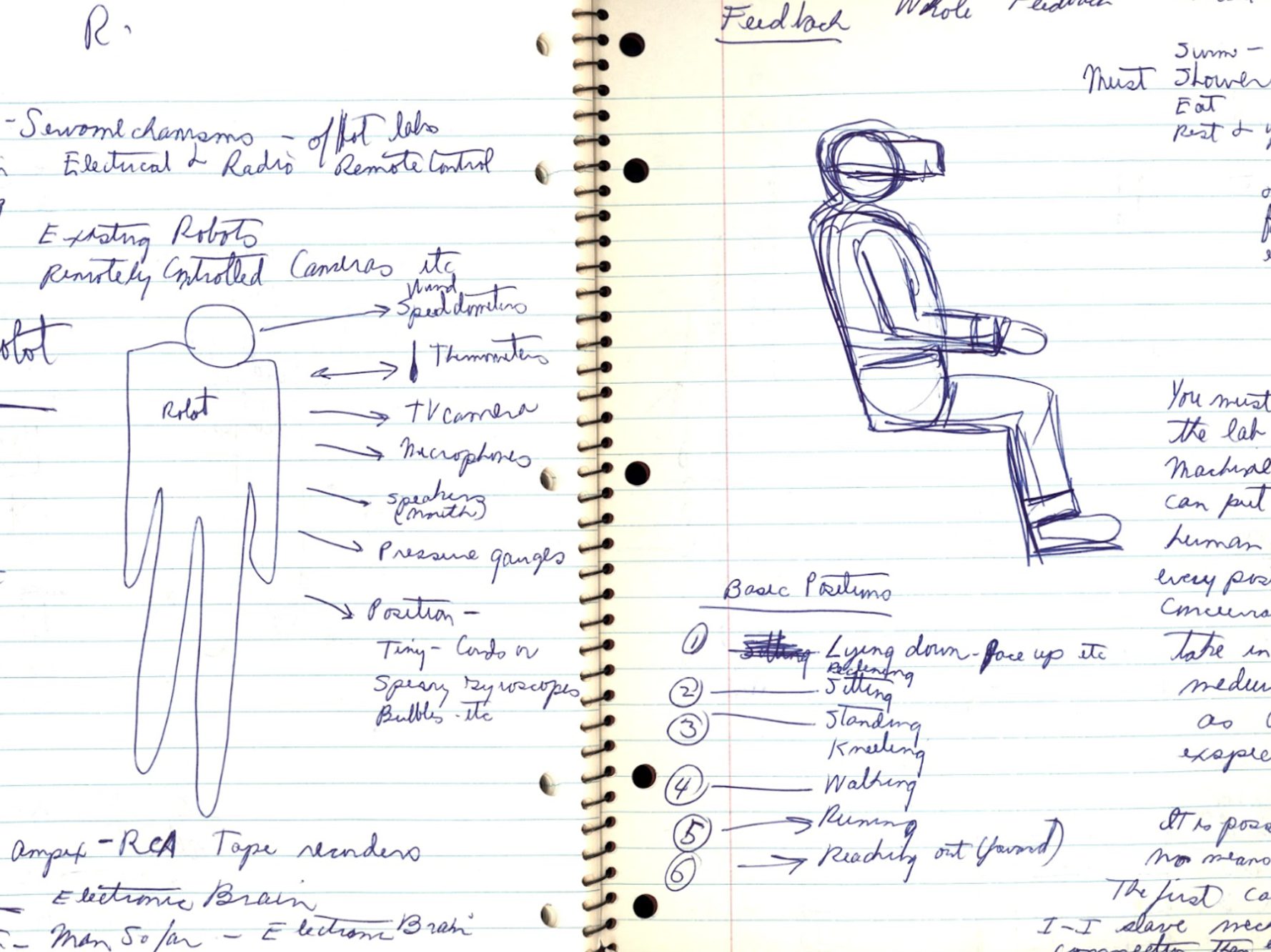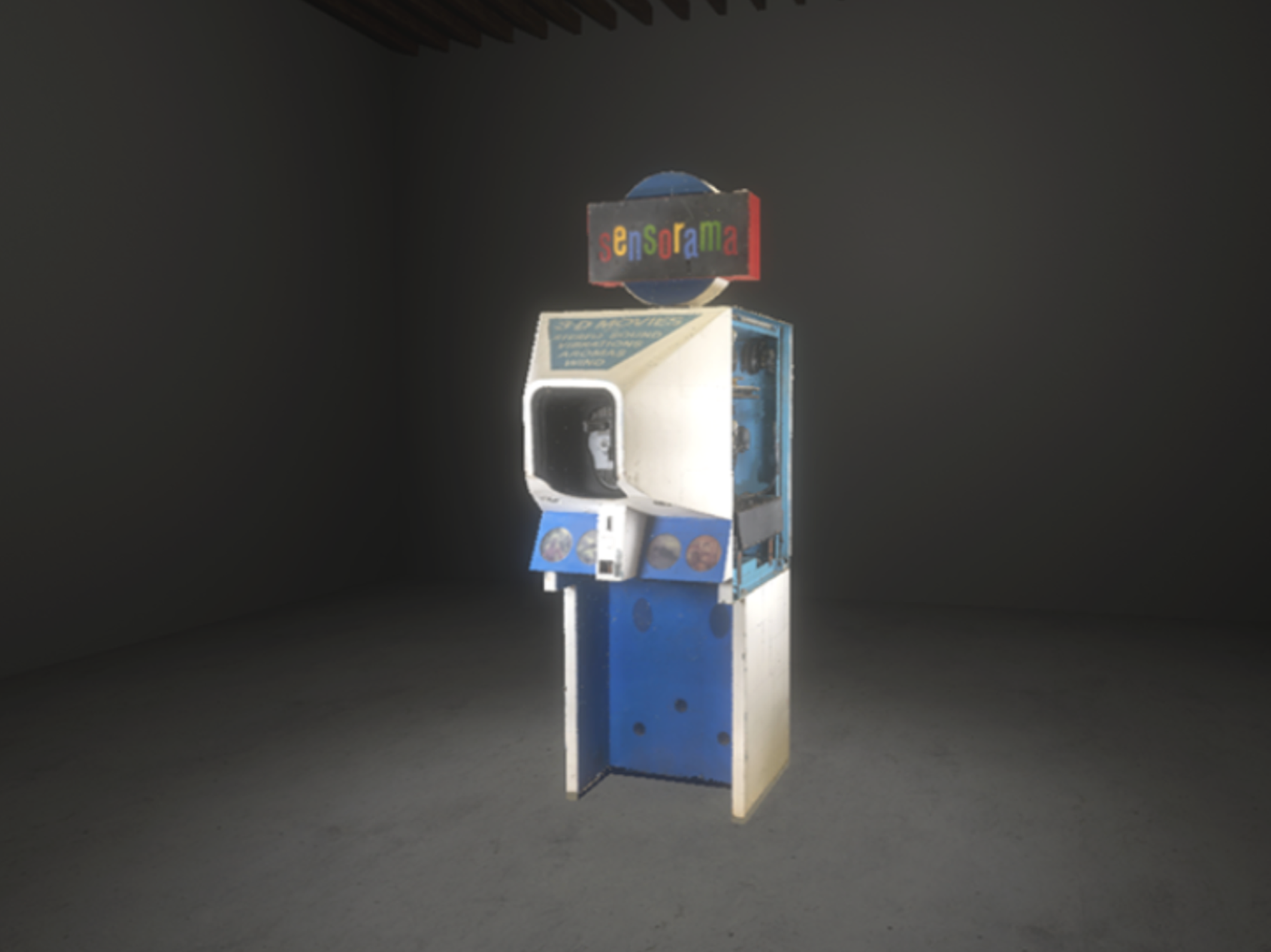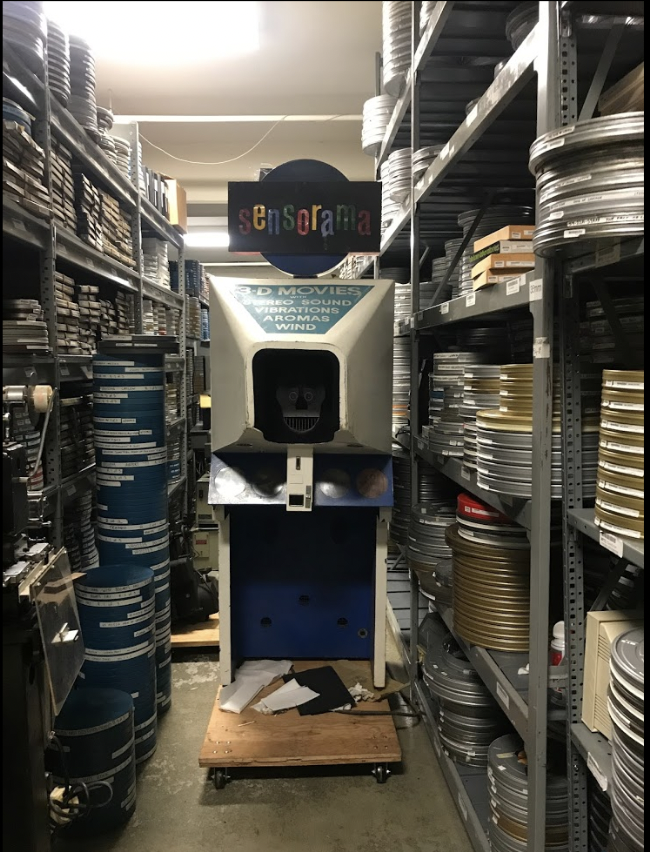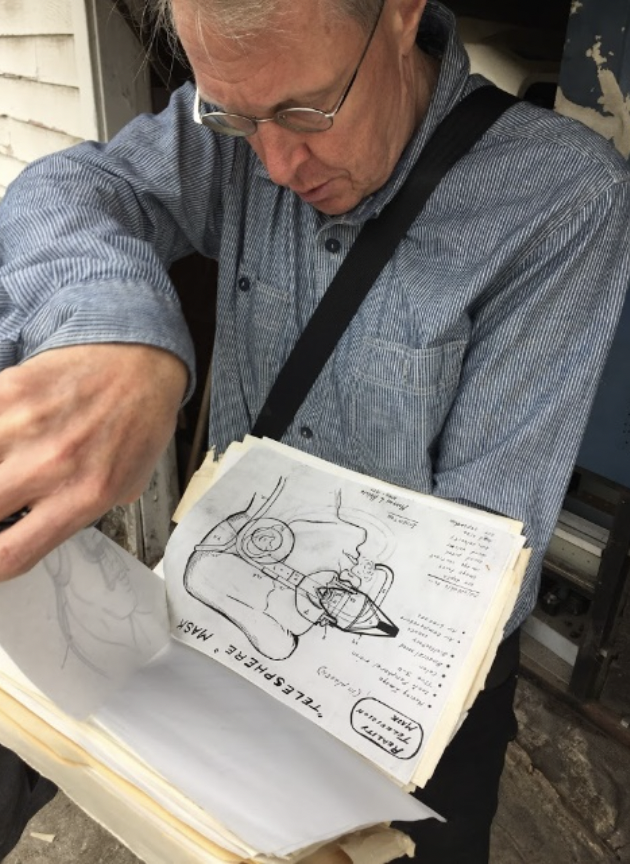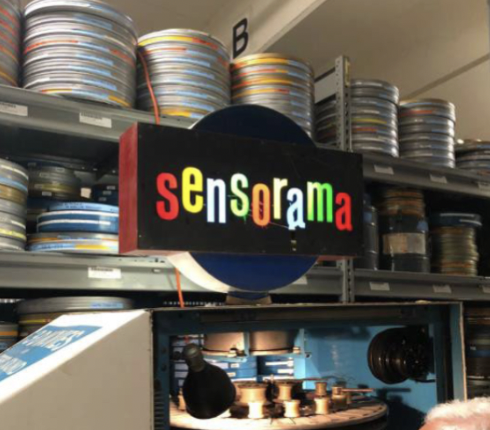The Sensorama
The Sensorama was an early VR device developed in 1960 by Morton Heilig. It combined a stereoscopic 3D display with sensory elements like vibrating seats, fans for wind effects, and scent emitters. This innovative device aimed to provide a multisensory and interactive experience, foreshadowing modern virtual reality technology. However, it was never widely adopted or commercialized.
The Immersive Archive has created a VR simulation of "The Sensorama" device which was captured with high-resolution photogrammetric scanning technologies. In collaboration with USC's HMH Foundation Moving Image Archive, the original 3D films have been restored to give viewers the chance to see what the original content was like.
